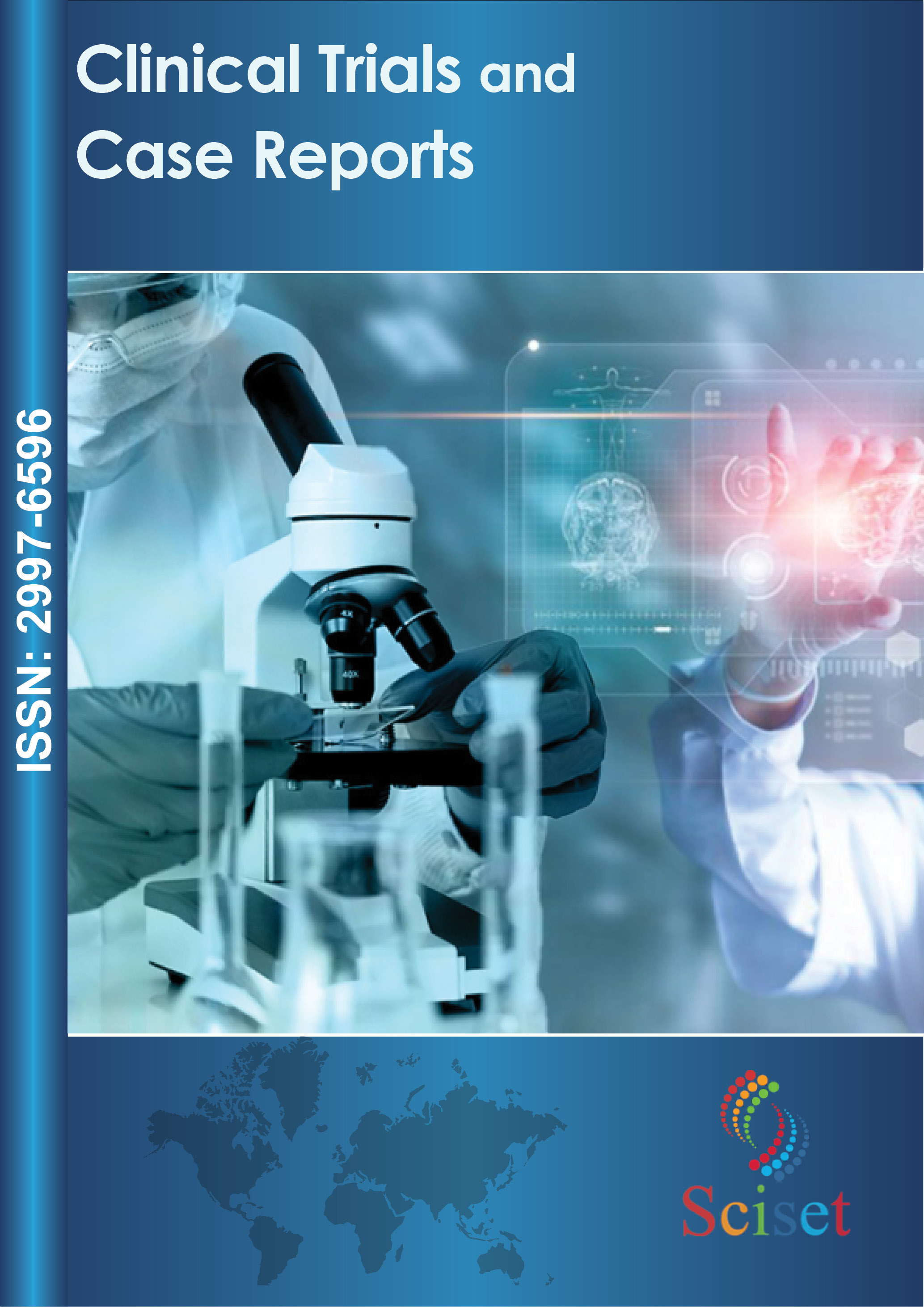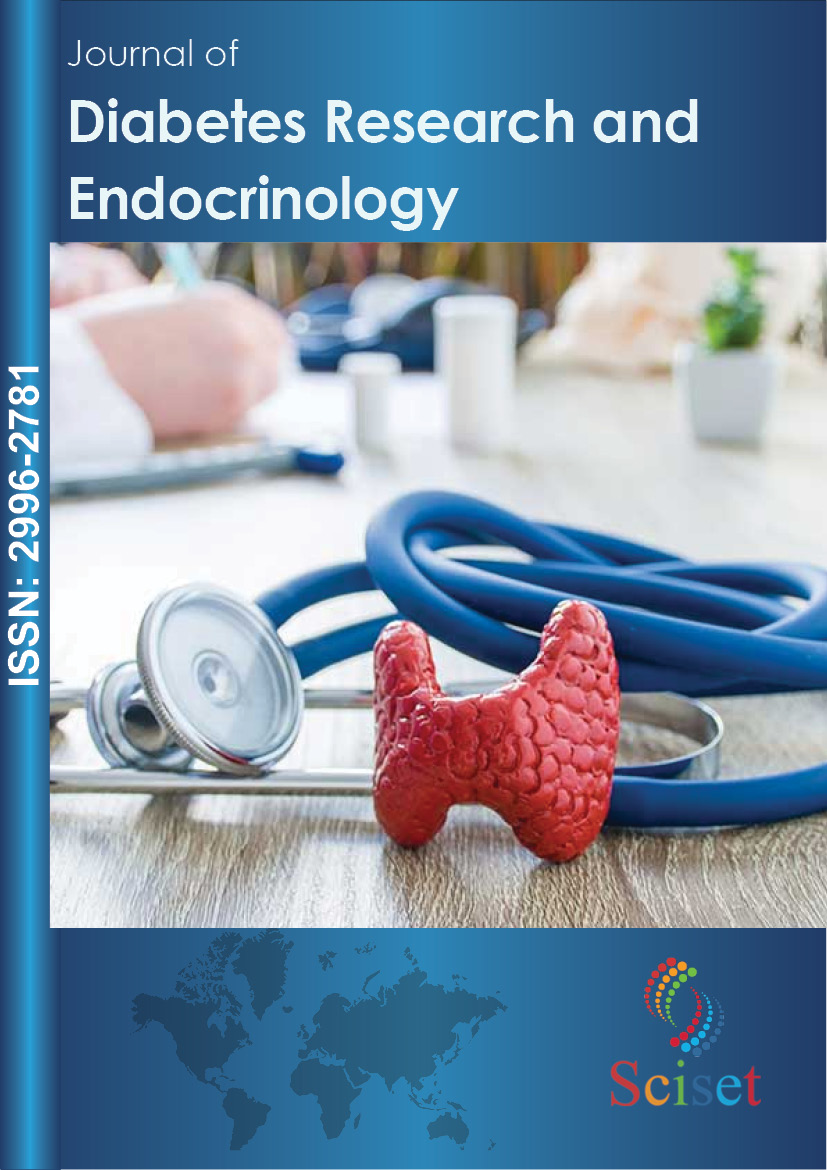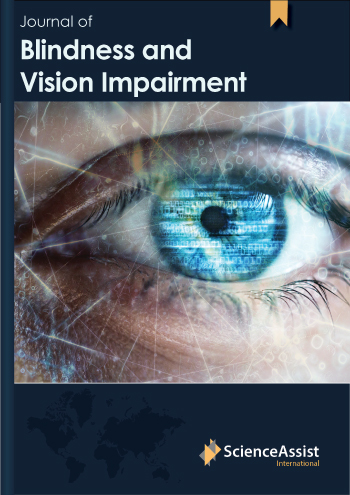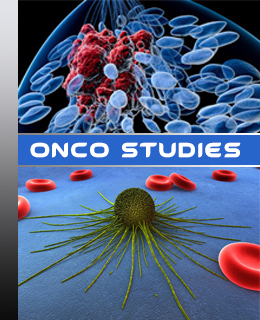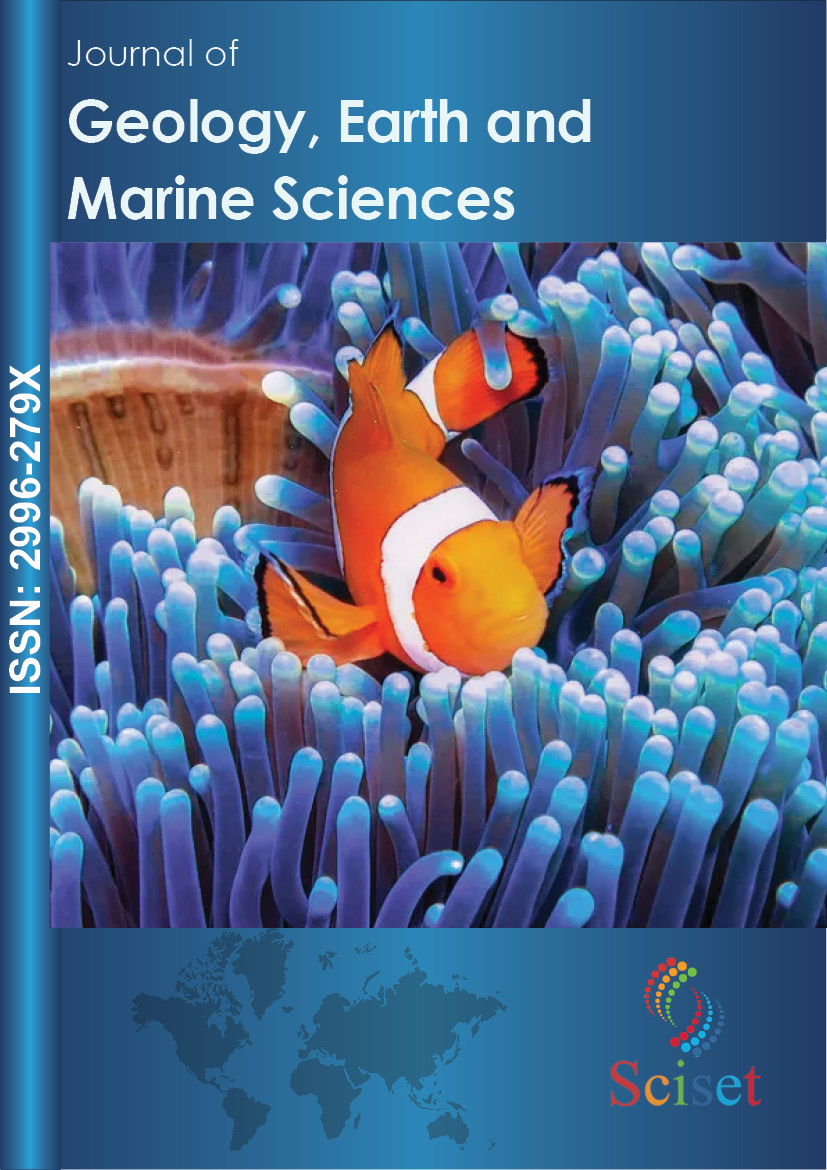- Open-Access Publishing
- Quality and Potential Expertise
- Flexible Online Submission
- Affordable Publication Charges
- Expertise Editorial Board Members
- 3 Week Fast-track Peer Review
- Global Visibility of Published Articles
A Case Report: Lenalidomide-Associated High-Grade Fever in a Multiple Myeloma Patient
Department of Pharmacy, The First Affiliated Hospital of College of Medicine, Zhejiang University, Hangzhou, Zhejiang, P.R. China
Keywords
Lenalidomide; Fever; Toxicity
Abstract
Lenalidomide, a second-generation immunomodulatory agent and potent analogue of thalidomide, is primarily FDA-approved for treating multiple myeloma (MM) and transfusion-dependent anemia associated with low or intermediate-1-risk myelodysplastic syndromes (MDS) linked to 5q deletion, among other indications. By modulating the immune system, lenalidomide influences cytokine production, ultimately activating immune responses against tumors. However, this immune activation can result in collateral immune toxicities such as fever, angioedema, Stevens-Johnson syndrome, tumor flare, and others. We present a case of highgrade fever induced by lenalidomide in a patient with MM and provide a literature review on the underlying physiology of this reaction and strategies for managing this adverse event.
Lenalidomide, a second-generation immunomodulatory agent and potent analogue of thalidomide, is primarily FDA-approved for treating multiple myeloma (MM) and transfusion-dependent anemia associated with low or intermediate-1-risk myelodysplastic syndromes (MDS) linked to 5q deletion, among other indications. By modulating the immune system, lenalidomide influences cytokine production, ultimately activating immune responses against tumors. However, this immune activation can result in collateral immune toxicities such as fever, angioedema, Stevens-Johnson syndrome, tumor flare, and others. We present a case of highgrade fever induced by lenalidomide in a patient with MM and provide a literature review on the underlying physiology of this reaction and strategies for managing this adverse event.
1. Kotla V, Goel S, Nischal S, Heuck C, Vivek K et al. (2009) Mechanism of action of lenalidomide in hematological malignancies. , Journal of hematology & oncology 2(1), 36.
2. Chanan-Khan A A, Cheson B D. (2008) Lenalidomide for the treatment of B-cell malignancies. , Journal of Clinical Oncology 26(9), 1544-1552.
3. BYH Thong, Tan T C.Epidemiology and risk factors for drug allergy. , British journal of clinical 71(5), 684-700.
4. Riedl M A, Casillas A M. (2003) Adverse drug reactions: types and treatment options. , American family physician 68(9), 1781-1790.
5. Ferrajoli A, Lee B-N, Schlette E J, O'Brien S M, Gao H et al. (2008) Lenalidomide induces complete and partial remissions in patients with relapsed and refractory chronic lymphocytic leukemia. , Blood 111(11), 5291-5297.
6. Quach H, Ritchie D, Stewart A K, Neeson P, Harrison S et al.Mechanism of action of immunomodulatory drugs (IMiDS) in multiple myeloma. 24(1), 22

